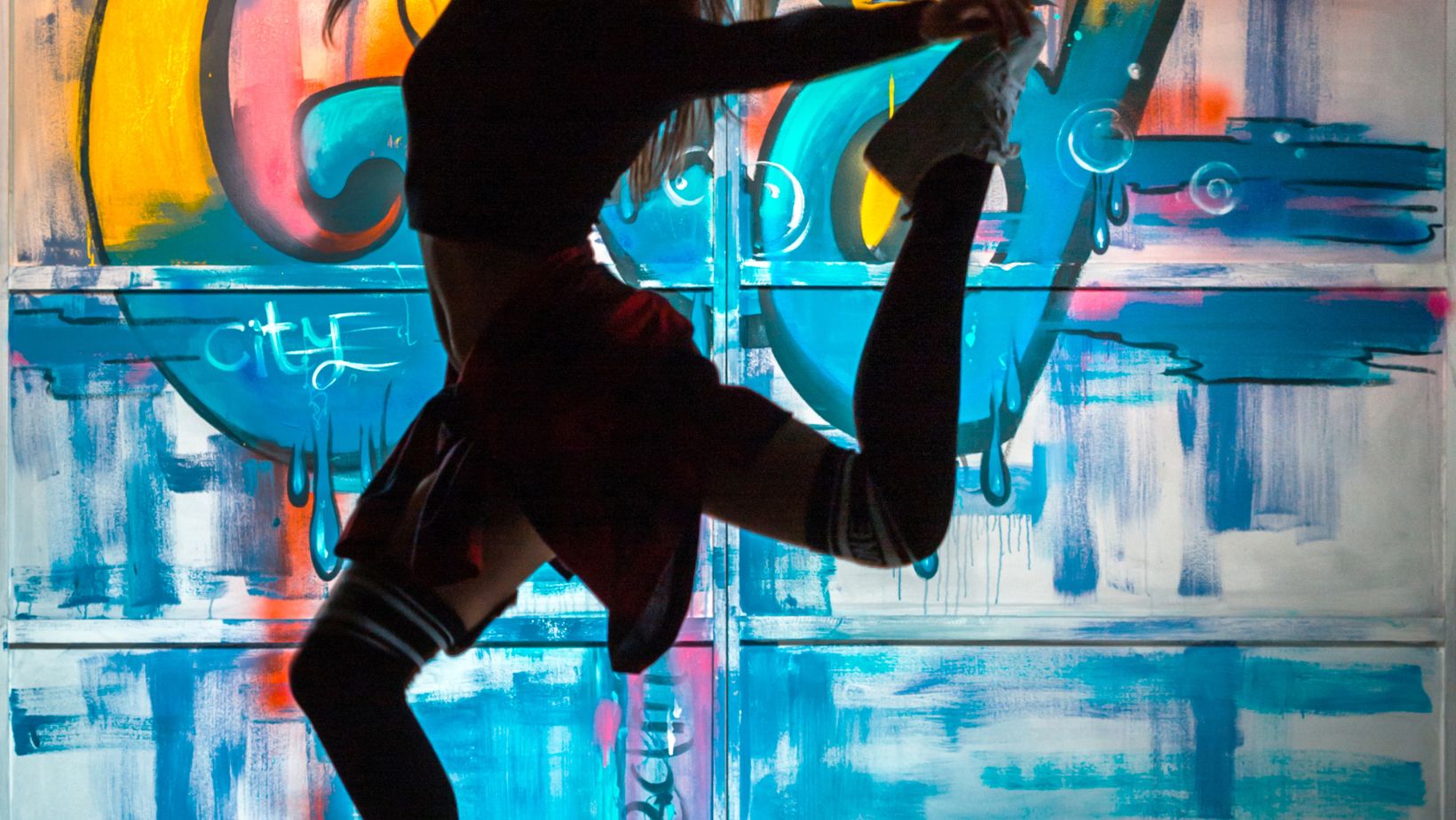Dance music has been at the forefront of sonic experimentation for decades, constantly evolving with new technologies and production techniques. One of the most intriguing areas of this evolution lies in vocal effects. From the early use of reverb to the more contemporary manipulation with Auto-Tune, how vocals are treated in dance music has significantly impacted its sound. As producers look to create distinctive and polished tracks, understanding these effects is critical. In particular, learning how to use autotune has become essential for modern dance music producers seeking to stay relevant in an ever-changing industry.
Early Days of Vocal Effects: Reverb and Delay
During the early years of dance music, vocal distortion was a basic process. The only effects available at the time included reverb and delay, which could significantly enhance the ambiance of a track. Reverb is the sound that replicates natural reflections that are heard in large rooms or concert halls. Effects in dance tracks in the late 1970s and 1980s were used to increase the vocals to a larger-than-life voice.

While delay created a more rhythmic play on the vocal by allowing it to be repeated, the opposite was true of delay. In disco and house music, these effects were used to fit the vocals into the energetic and repetitive style of the genre. Tracks that employed these effects were easily identified by their flowing, liquid feel and took dance music to new heights of richness and versatility.
Although radical, such effects were still quite natural, at least when compared with the following effects. They respected the human voice and its authentic sound but also enriched it with a number of textures that blended in with the instrumental support. The producers aimed to make their tracks sound big, using reverb and delay to give the vocals a depth that would suit the dance floor.
The Rise of Pitch Correction: Auto-Tune and Beyond
The means of altering the human voice evolved when digital technology evolved. Among the key innovations that revolutionized the music industry, one of the most significant was pitch correction, especially with Auto-Tune. Created in the late 1990s, Auto-Tune was designed to fix singers whose voices were slightly off-key. However, its strength was in creating new vocal sounds that did not exist before.
In dance music, producers were the first to realize that Auto-Tune could be used to take vocals to the next level beyond physical possibility. It started to be used not only for fine-tuning the pitch but also as a tool that allowed artists to make the human voice sound completely different. Cher’s “Believe,” released in 1998, is regarded as the song that brought Auto-Tune to the mainstream or as the first mainstream song to feature Auto-Tune.
From there, it was a regular occurrence in the dance music scene. A robot sang it, and its voice was perfect for the electronic sounds that were becoming more incorporated. For instance, in Electronic Dance Music, Trance, and Future Bass, producers used Auto-Tune to design alien-like vocals. It enabled producers to make the voice sound less like a person, integrating it with the synthetic sound of synthesizers and drum machines.
Unlike reverb and delay, which are very close to natural sound, Auto-Tune adds more digital sound by distorting the voice in ways that cannot be sung. To some, this manipulation is the future of dance music – a genre where technology is the tool for creation and art.
Blurring the Lines: Hybrid Vocal Effects
However, with the advancement in technology, vocal effects in modern dance music combine conventional techniques with digital enhancements. Reverb and delay have retained their significance in adding depth to the atmosphere but are now combined with Auto-Tune and other pitch correction tools. This combination of old and new enables producers to keep the emotional content of vocals intact while simultaneously experimenting with what is sonically possible.

For instance, in some tracks, producers apply reverb to a vocoded vocal line; the sound is ethereal and haunting. This enables more complex vocal treatments, which can make a track more emotional while adding futuristic vocal effects. The combination of techniques opens a vast array of possibilities, where producers can adjust every parameter of the vocal to meet the desired mood and energy of the track.
This combination of effects has become a trademark of modern dance music, and producers are always looking for ways to incorporate vocal changes in their tracks while also paying homage to the genre’s original sound. As vocal effects continue to develop, the difference between live and electronic sound is fading, which opens up more opportunities for experimentation in the dance music genre.
Conclusion
The progression of vocal effects in dance music has been rather interesting, moving from the acoustic resonance of reverb and delay to the dramatic manipulation of Auto-Tune. These techniques have defined how vocals can be incorporated into dance tracks, creating a growing arsenal of possibilities for producers. The future of vocal dance music will involve integrating old and new technologies, an exciting terrain that can be expected in the future of this particular genre. For anyone, whether a professional producer or a beginner, it is essential to master these effects, particularly the Auto-Tune, to create the next generation of dance music.


